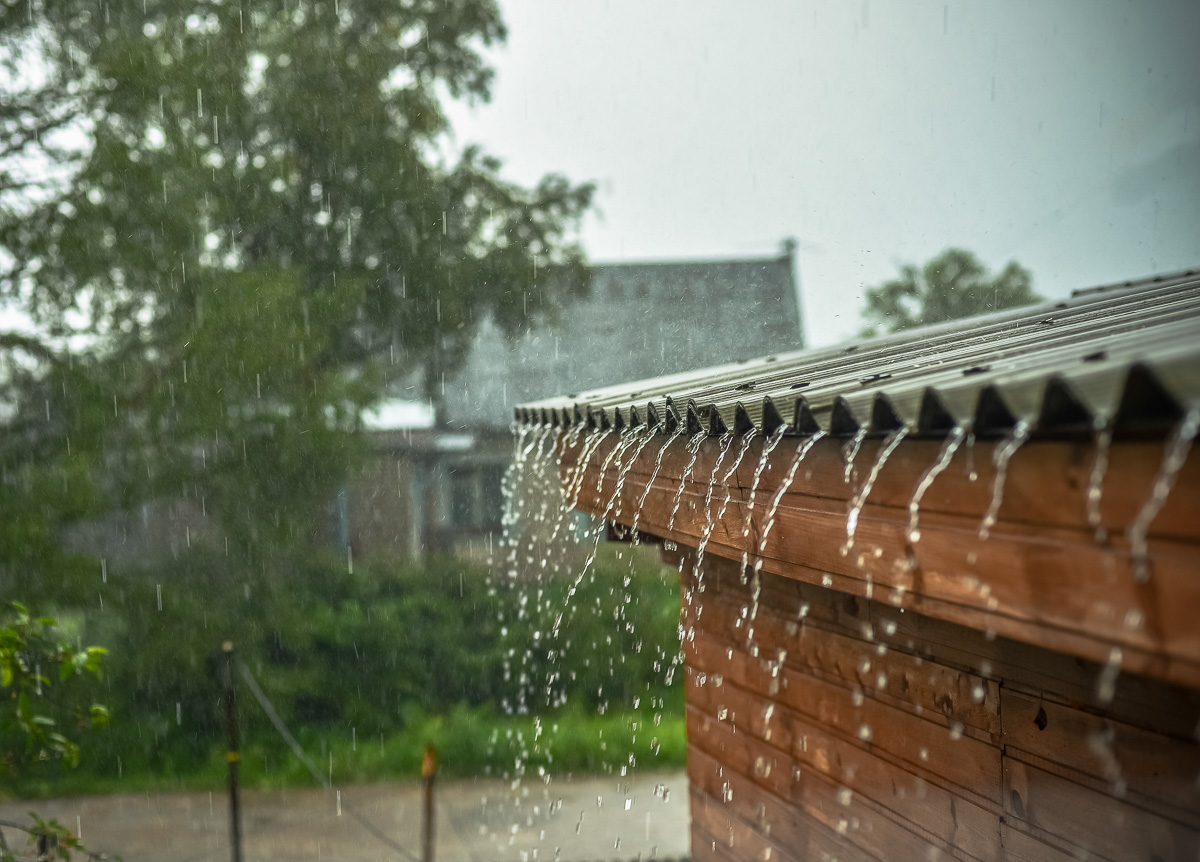Tips for Growing a Vertical Garden
Running out of space in your garden? Why not opt for a vertical garden? Here are some tips for choosing climbing plants.
One of the most effective ways to limit flooding of streams and rivers and to keep polluted runoff out of waterways is to retain as much rain as possible where it falls.
In landscaping, a growing way to do that is by planting a rain garden.
A rain garden is a sort of “landscape sponge” – a planted area designed to capture rain and hold it long enough for the water to soak in instead of runoff. Ideally, these gardens drain within a day or two.
Rain gardens are shaped like shallow bowls or saucers, their soil is loosened or improved (if necessary) to be well-draining, and they’re planted with plants that can withstand at least short encounters with wet conditions.
Rain gardens are best located downhill from roof downspouts or where water is naturally running off paved surfaces or other sloped areas during heavy rains. A good rule of thumb is to stay at least 10 feet away from houses so the captured water doesn’t soak into foundations.
Rain gardens can be located in sunny or partly shady locations, and they should be about as big as the roof area or sloped area being drained. Home rain gardens generally fall in the size range of 100 to 300 square feet.
Avoid placing rain gardens on top of septic systems, and keep them away from existing trees, where digging could damage tree roots and the new saturation could lead to root-rotting.
Before digging, it’s also a good idea to find out if any buried utility lines are nearby and to check with your municipality on any possible pertinent regulations.

Kulkann / iStock / via Getty Images
The most important construction feature is making sure the soil is well-draining enough to handle the water being channeled into it.
To check your soil draining conditions:
If the water isn’t draining at least an inch an hour and gone in about 12 hours, plan on improving the soil conditions.
Well-draining soil can be loosened 12-18 inches deep and raked so that the surface ends up 4-8 inches below the surrounding grade. The idea is to create a shallow depression, not a hole or pond.
Excess soil can be used to create a berm at the low end of the garden, to create a small “lip” around the garden edge, or moved elsewhere in the yard.
If drainage needs to be improved, create a mix of:
The bottom of the garden should be dug so it’s level, and the surface should be topped with two or three inches of wood chips or similar organic mulch to help discourage weeds.